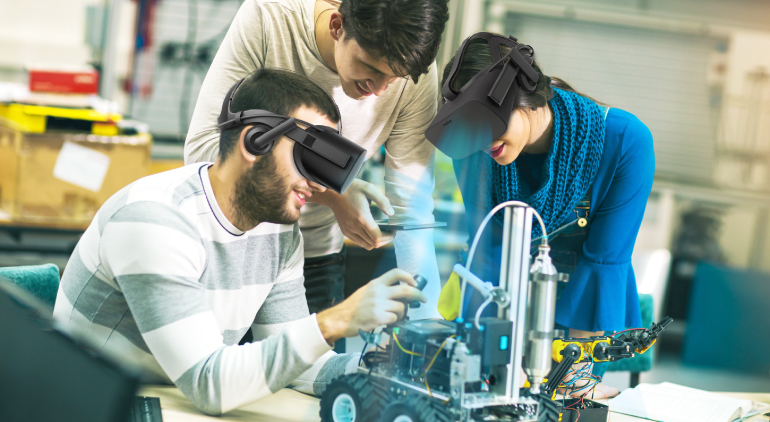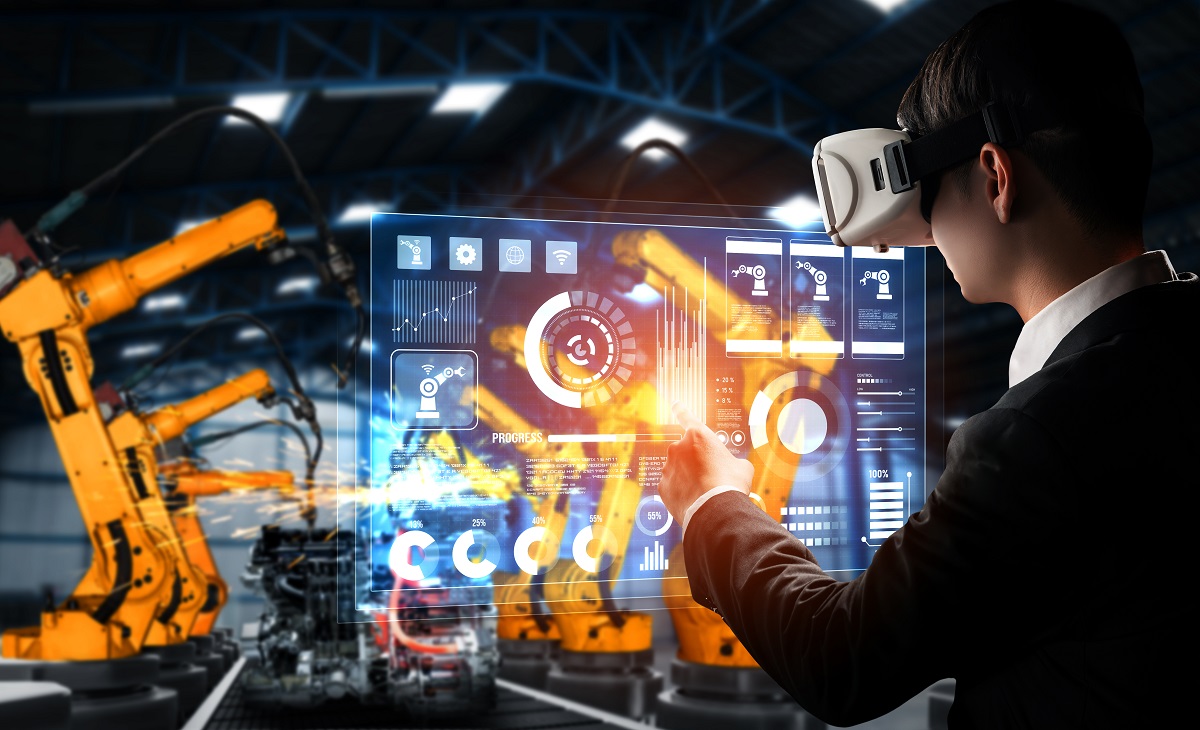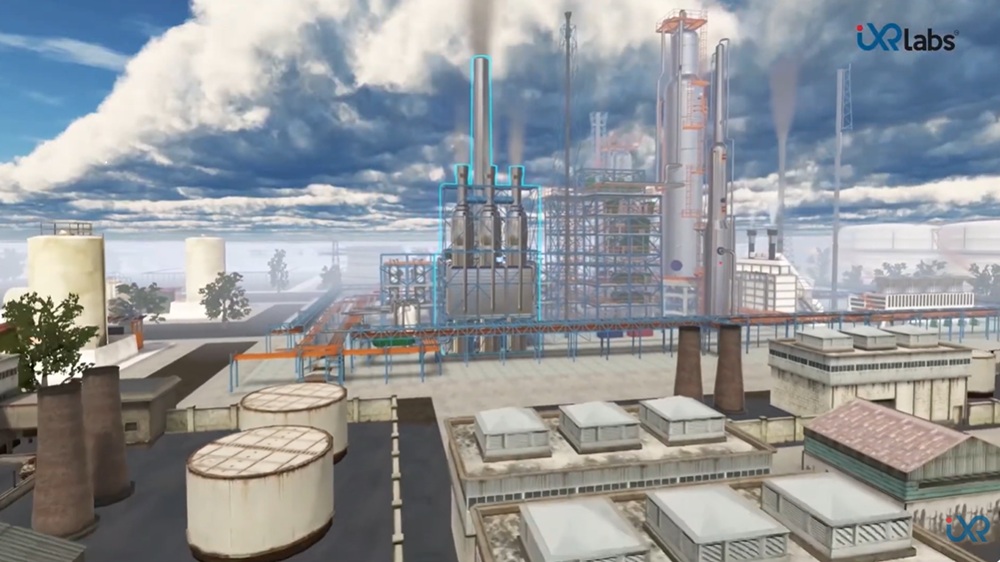5 Reasons Why Engineering Colleges Consider VR Labs for their Classroom

All four components of STEM education (Science, Technology, Engineering, and Mathematics) are known to be disciplines that require abundant time and focus in order to comprehend complex theories and problems.
Hence, while STEM knowledge in the form of books, notes and other such written formats are essential, they tend to give way to confusion, and comprehending the theories take longer than it would if visuals were involved.
From simply reading writing, the process of learning became more advanced and as lecturers spoke and students listened and wrote, the education that was taught was sped up. In simpler words, students were able to process and remember a lot more data, much faster than before.
From there lecturers incorporated the use of technical diagrams and colored presentations. After a while, with traditional and flipped classrooms, learning concepts through videos became a norm. This not only enhanced level of comprehension but also promoted engagement.
STEM education followed this very pattern of the evolution of learning and has taken a break from this evolution. With this evolution in learning, students were able to comprehend STEM education faster!
But as technology advances and Virtual Reality (VR) comes into the picture, watching a video of a guy designing a product is no longer as effective, as being the guy designing the product!
1. Abstract Concepts Can Become Tangible Visuals
As aforementioned, numerous theories, principles, and concepts that form the base of engineering are complex. What makes these theories, principles, and concepts especially challenging, however, is their abstract nature.
Mechanical and chemical engineering students, especially have harder time trying to grasp the intangible and abstract concepts and then further apply them.
This is one of the primary reasons that VR labs for engineering students are considered important. VR allows students to make the intangible, tangible! With VR in engineering colleges, students will not have to re-read textbooks multiple times or attend extra lectures to understand abstract concepts.
2. Possibly Better Than Traditional Teaching
An experiment conducted by two technology-driven companies in Beijing, compared the quality of learning and memory retention of students, either undergoing VR-based teaching methods or traditional teaching methods.
There were two separate groups of students, but both groups, undergoing virtual reality engineering education, were learning the same content and were given an equal amount of data to retain in memory. Hence, the only difference was the mode of learning.
The average score of the students in the VR-based teaching group was 32.4% more than the average score of the students in the traditional teaching group!
While this is only one study and the true results cannot be determined without more studies, the results of this alone show a mind-blowing difference in performance. Studies like this are convincing engineering colleges to consider VR labs for engineering students.
 Get the App from Meta Store: Download Now
Get the App from Meta Store: Download Now
3. Training: An Engineering Essential Enhanced by VR Engineering

The importance of VR in education can be seen at all levels - from young elementary school kids to engineering students. But when it comes to engineering, training is an essential step forward after education. In simpler words, engineers are expected to transform what they know in theory, into a functional machine or product.
VR engineering, with its immersive simulations and interactive learning environments, plays a pivotal role in bridging this gap, facilitating hands-on experience and practical skill development for aspiring engineers.
VR has been used in training for flight stimulators dating as far back as the 1960s. According to Winn, VR for colleges would help create an environment that trains engineers.
Students can enter a stimulated environment and work on their designs physically and understand the practical implementation of various tools.
"Discover the future of engineering education with VR Labs – where learning becomes an immersive adventure! Ready to explore?"
4. Engineering Trilogy: Projects, Outcomes, Communication Skills
A study conducted by Osama Halabi merges VR with project-based learning. This merger proved to improve not only engineering project designs, but overall soft skills like communication skills and accomplishment of course learning outcomes, that were based on project design.
This shows that VR helps engineering students attain a multitude of skills. While problem-solving may come naturally for students, VR can help fill out the gaps of knowledge that engineers may have, when it comes to soft skills or other creative skills.
5. Engaging and Interactive Virtual Reality Engineering Learning
A. G. Abulrub and team from The University of Warwick describe the virtual reality engineering principle in detail. They add on to this by illustrating VR engineering as a method of learning, that leads to an interactive educational environment, fit for engineering students to be creative and engaged in.
They further portray their own campus, open wide with opportunities for engineering students at both undergraduate and postgraduate levels for learning and training.
VR Labs and VR in engineering colleges will soon become a norm. This is because VR has revealed multiple possibilities for more than just entertainment.
VR has an unmarked potential and it is certainly time for engineering students to be able to understand this technology to be able to harness all of its benefits, and this is why engineering colleges are rightfully considering virtual reality for classroom.
.png)




